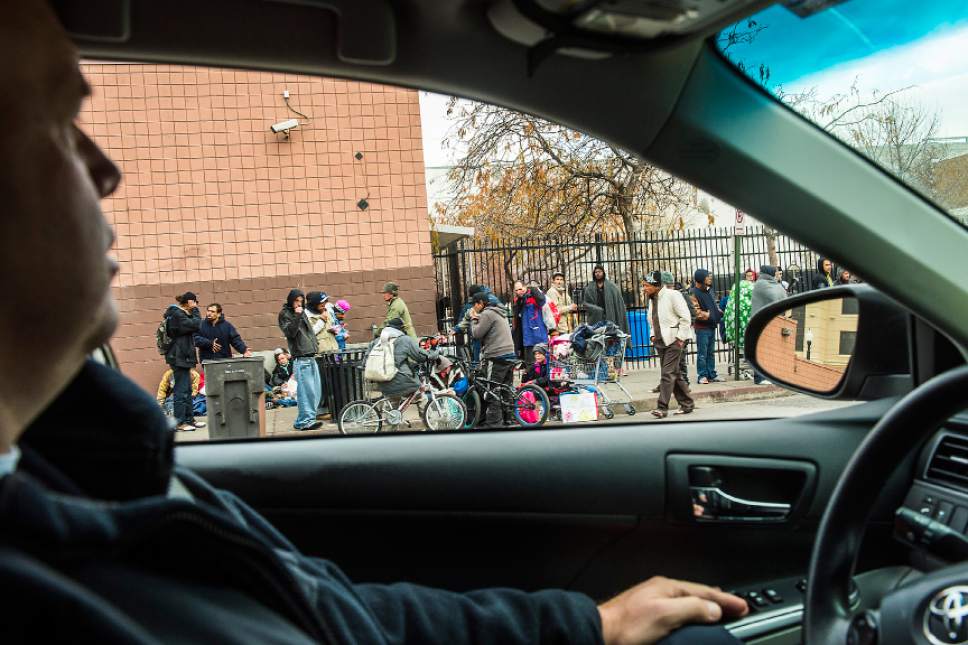This is an archived article that was published on sltrib.com in 2016, and information in the article may be outdated. It is provided only for personal research purposes and may not be reprinted.
New U.S. Census Bureau data released Thursday show some still-lingering effects of the Great Recession in Utah: more people doubling up in housing to save money, no increase of foreign-born residents as immigration decreases, and more poverty.
"The Great Recession still casts its long shadow on these data," said Pam Perlich, director of demographics at the University of Utah's Kem C. Gardner Policy Institute.
The Census Bureau released survey data collected over five years, between 2011 and 2015, and compared it with similar data from 2006 to 2010. Accumulating survey results over those long periods provides enough data to compare small-population counties.
"It's like a slow-motion movie as to what's happening," Perlich said. "Many of the trends we've been watching are continuing."
For example, two of Utah's 29 counties — Summit and Wasatch — had statistically significant increases in their number of foreign-born residents. That comes as demographers said net immigration from Mexico virtually halted as the recession hit and has not really returned.
Perlich said the increases in Summit and Wasatch may actually be "a rearrangement of people because we're not seeing a real major influx of migration right now."
She added, "Maybe that's an indication they have gotten more affordable housing there for the service workers" instead of them commuting from Salt Lake County.
The data also show that Utah and 16 of its counties had statistically significant increases in the size of households. Statewide, the average grew from 3.04 people per household to 3.15. The highest in the state was in San Juan County, where household size increased from 3.26 to 3.76. The increase in Salt Lake County was from 2.94 to 3.03.
Perlich noted that the increase came while births in the state were decreasing.
"So it's a multigenerational doubling-up in households," likely to save money, Perlich said. "About a third of young adults 18-34 are living with their parents."
The state also showed a statistically significant jump in the poverty rate, from 10.8 percent to 12.3 percent. It was higher for children, up from 12.3 percent to 14.3 percent.
Among counties with significant increases were Salt Lake, from 10.3 percent to 12.4 percent for the overall population; Washington County, from 11.3 percent to 15 percent; and Grand County, from 12.6 to 18.7 percent.
The highest poverty rate in the state was in San Juan County at 28.1 percent. About half the population there is American Indian.



